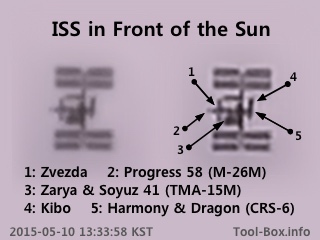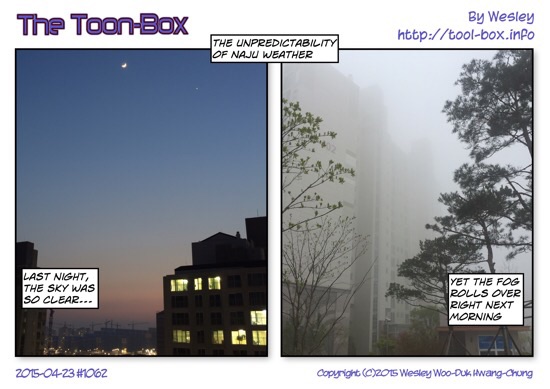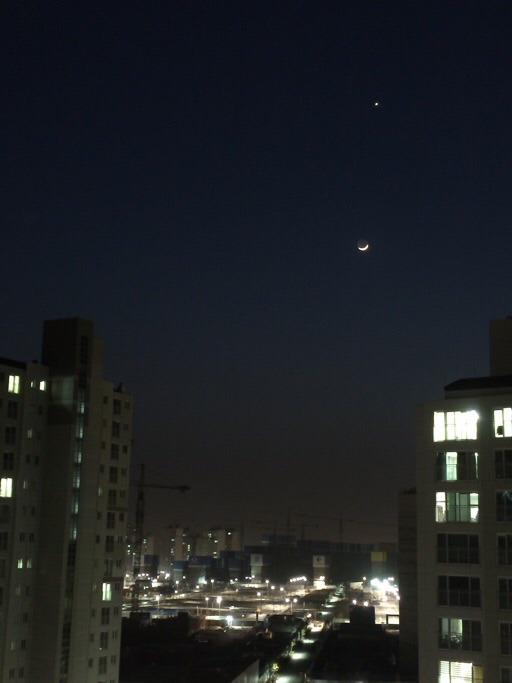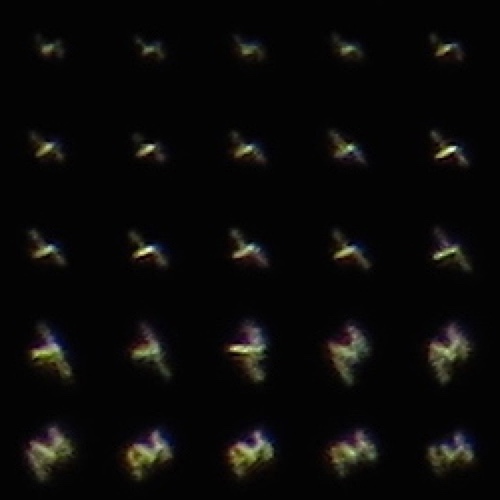Sun-ISS transit through telescope
Posted by Wesley on
ISS photo from this solar transit was so clear that individual modules could be identified
It seems that I get to see a "great" transit of the ISS in front of the Sun once every year, with the space station appearing large enough to make it look like the letter H. This time, CalSky was predicting a nearly perfect condition at Naju, a near-center pass with an apparent diameter of more than one arc minute (63.1"). With the weather cooperating, I did not want to miss it.
To make sure I did not miss anything, I took out both my Celestron telescope with the smartphone adapter and my SX50 HS camera. I was hoping that at least one of them would catch the occurrence. I hurried with the setup and had everything ready just barely. I let my iPhone 6 Plus start recording the view through the eyepiece of the telescope in 240fps slow motion video, and pushed the shutter on my SX50 HS in continuous shoot mode, all mere moments before the transit.
The SX50 HS captured just one frame, which was sort of expected. The quality was easily better than my previous attempts thanks to the large apparent size. But the real deal was in the iPhone 6 Plus. It had captured 80 frames of the ISS in motion in total, with each frame besting the SX50 HS's efforts. The 240fps video capture truly shined, creating this smooth slow motion video as a result.
Here's the stacked and post-processed composite of the video in a single picture; click it to see it in full resolution. You can appreciate the details of the ISS and the sunspot AR 12339 quite better this way. If you look at the space station up close as seen in the first picture of this post, it's good enough to identify its major features. I've marked them for your convenience.
Telescope: Celestron NexStar 6SE + 25mm eyepiece + 2.5x barlow
Device: iPhone 6 Plus (afocal)
Settings: 29mm - 1280x720 - 240fps - f/2.2
Filters: None
Time: 2015-05-10 13:33:58 KST
Location: Naju, Korea
Stacked with RegiStax 6.1.0.8
- #1: 12 photos
- #2: 10 photos (ISS, each) / 100 photos (Sun)






